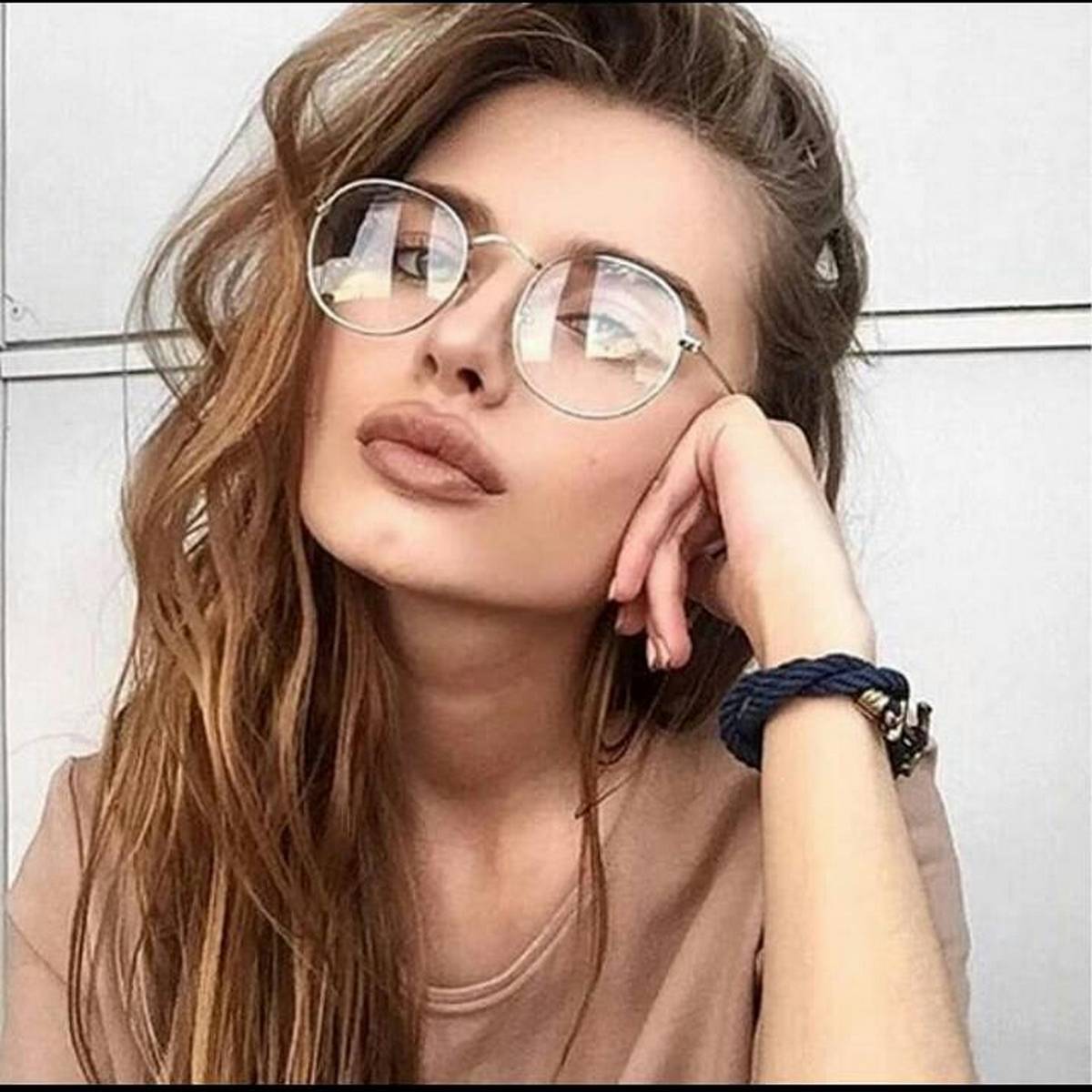Fashion eye glasses

Sun glasses,

-
UV Protection: One of the primary purposes of sunglasses is to protect the eyes from the harmful effects of ultraviolet radiation. When purchasing sunglasses, it's important to look for a label or sticker indicating that they provide 100% UV protection or block both UVA and UVB rays. Prolonged exposure to UV rays can cause various eye problems, including cataracts, macular degeneration, and photokeratitis (sunburn of the cornea).
-
Lens Types: Sunglasses come with different types of lenses, each offering specific benefits:
-
Non-Polarized Lenses: These lenses reduce the intensity of light but do not eliminate glare. They are suitable for general outdoor use.
-
Polarized Lenses: Polarized sunglasses are equipped with a special filter that blocks horizontally oriented light waves, reducing glare from reflective surfaces such as water, snow, or roads. They are particularly beneficial for activities like driving, fishing, skiing, and water sports.
-
Mirrored Lenses: These lenses have a reflective coating on the surface, which helps to minimize the amount of light passing through. Mirrored sunglasses are popular for their stylish appearance and are often used in high-glare environments.
-
Photochromic Lenses: These lenses darken when exposed to UV light and become lighter indoors or in low-light conditions. They offer the convenience of automatically adjusting to different lighting conditions without the need to switch to regular glasses.
-
Gradient Lenses: Gradient lenses are tinted from the top down, allowing more light transmission at the bottom. They are useful for activities where you need to see clearly in different light conditions, such as driving (clearer vision of the dashboard) or reading (unobstructed view of text).
-
-
Frame Styles: Sunglasses come in various frame styles to suit different preferences and face shapes. Some popular styles include aviators, wayfarers, cat-eye, round, rectangular, and sport-specific frames. The frame materials can vary from plastic and metal to lightweight materials like titanium or carbon fiber.
-
Prescription Sunglasses: For individuals who require vision correction, prescription sunglasses are available. These sunglasses are custom-made with lenses that correct nearsightedness, farsightedness, astigmatism, or other vision issues while still providing UV protection.
-
Fashion and Style: Sunglasses have become an essential fashion accessory, allowing individuals to express their personal style and complete their outfits. Many designer brands offer sunglasses in a wide range of styles and colors to match different fashion trends.
Remember that sunglasses should be worn not only during sunny days but also when exposed to UV rays in overcast conditions or high-altitude environments. Proper eye protection is crucial for maintaining good eye health and preventing long-term damage caused by UV radiation.
Fashion glasses,
Fashion glasses, also known as fashion eyewear or fashion frames, are a type of eyeglasses that are designed primarily for style and aesthetics rather than correcting vision. They have become increasingly popular as an accessory to enhance one's personal style and make a fashion statement.
Here are some key points about fashion glasses:

-
Style and Design: Fashion glasses come in a wide variety of styles, shapes, colors, and materials, allowing individuals to express their unique sense of fashion. From classic and timeless designs to bold and avant-garde frames, there is a vast array of options to choose from.
-
Frame Materials: Fashion glasses can be made from various materials, including plastic, acetate, metal, titanium, wood, and even precious materials like gold or silver. Each material offers different characteristics in terms of durability, weight, and overall appearance.
-
Frame Shapes: The frame shape plays a significant role in defining the style of fashion glasses. Popular shapes include round, square, rectangular, cat-eye, aviator, wayfarer, and oversized frames. Different shapes can complement different face shapes and enhance certain facial features.
-
Colors and Patterns: Fashion glasses come in an extensive range of colors and patterns. They can feature solid hues, tortoiseshell patterns, two-tone designs, translucent frames, or even intricate prints. The color and pattern choice can add personality and uniqueness to the eyewear.
-
Brand and Designer Options: Many fashion brands and designers have entered the eyewear market, offering their own collections of fashion glasses. These designer frames often come with a higher price tag but can provide a distinctive style and craftsmanship associated with the brand.
-
Non-Prescription Lenses: Fashion glasses can have non-prescription lenses, meaning they do not correct vision. These lenses are clear and serve primarily as a fashion accessory. Some people wear them purely for aesthetic purposes, while others may use them as a prop for a specific look or occasion.
-
Customization: Some fashion glasses allow for customization, allowing individuals to personalize their frames. This can involve selecting different frame colors, lens tints, or adding embellishments like crystals or engravings.
-
Functionality: While fashion glasses prioritize style, they can also incorporate functional elements. For example, certain frames can be designed to accommodate prescription lenses, allowing individuals to combine fashion with vision correction.
Fashion glasses have become a popular accessory for individuals who want to showcase their style and create a fashionable statement. Whether they are worn with or without prescription lenses, these glasses offer a way to express one's personality and enhance their overall look.








